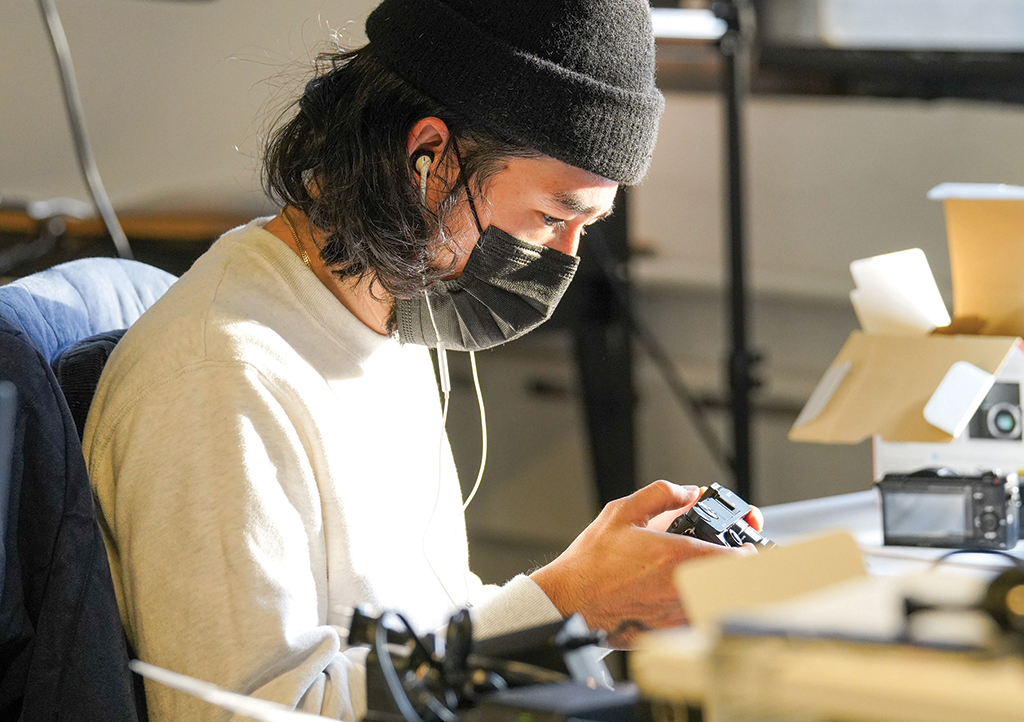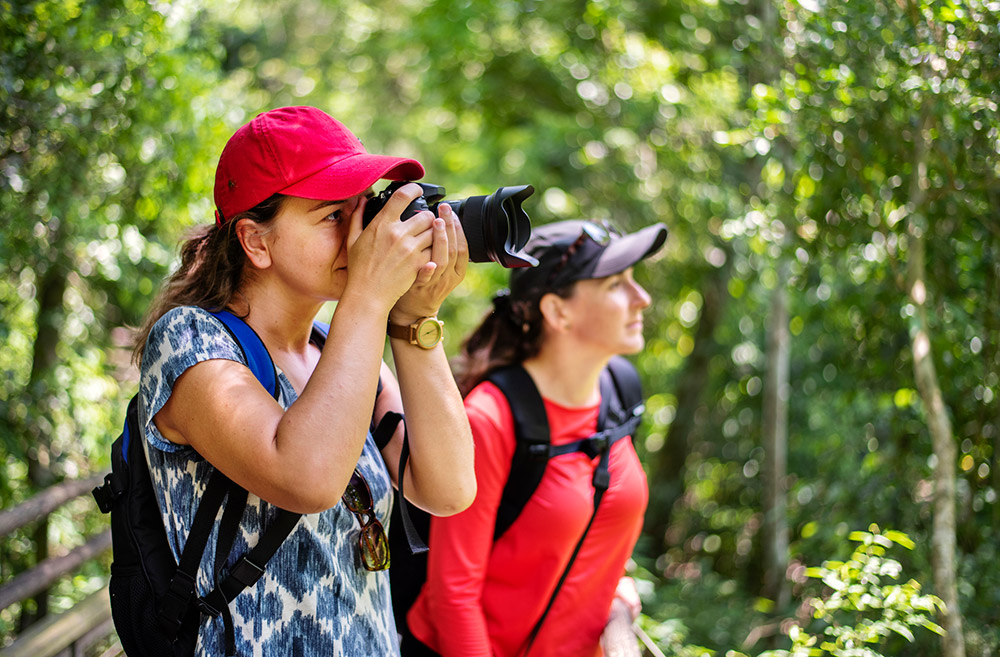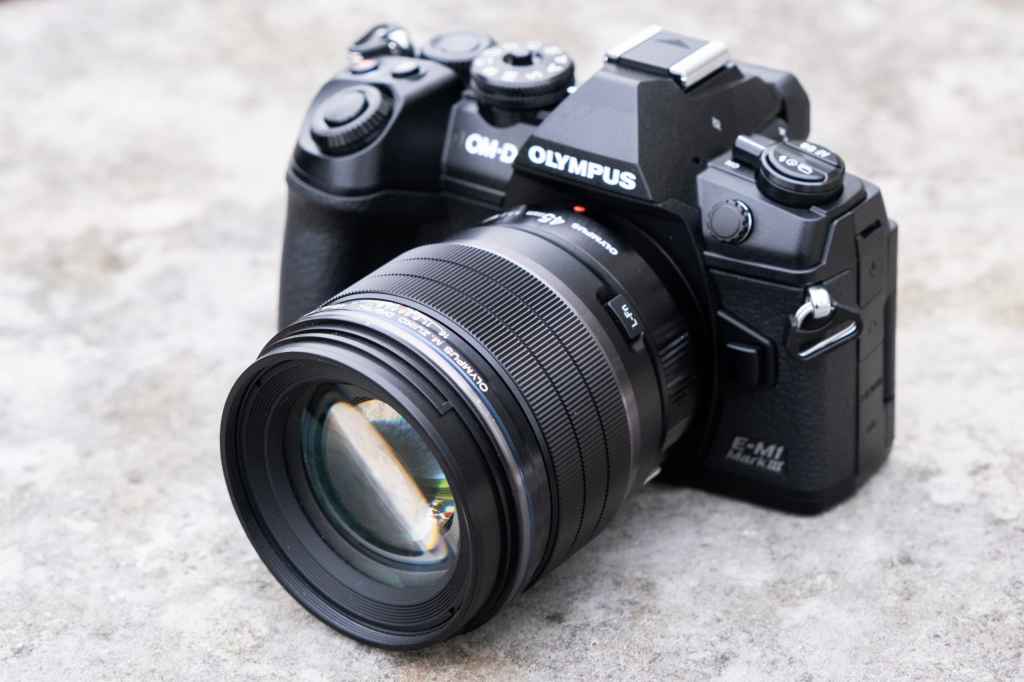In partnership with MPB. There is a lot of excitement, rightfully, about Black Friday on November 29th but you shouldn’t feel under any pressure to splurge on new camera gear if it’s not right for you. Whether buying mirrorless or DSLR, used might be a better option…
If you think about it, very few bad cameras and lenses have come out over the last few years. Camera makers are under huge pressure from smartphones, so it’s absolutely not in their interest to bring a dog to market. So a camera that got a five-star review two years ago will still be a good buy, even if it might not be totally at the cutting edge when it comes to resolution or high-end autofocus and video performance.
Also, cameras, and to a lesser extent, lenses, are often like cars – a brand new one starts to depreciate in value as soon as you get it out of the box. Even with a premium brand like Leica, you are unlikely to get what you paid for a camera when you come to sell it a year later, however mint its condition or however low the shutter count.
Buy used and shop smarter
When thinking about buying used cameras and lenses, many people assume they will get the best deals on eBay, Facebook Marketplace or Gumtree, but it can be a risky proposition. While eBay has greatly strengthened its buyer-protection safeguards over the last few years and done much to deter scammers, you are still at the mercy of the seller to a greater or lesser extent.
How honest is the description in the ad, and are the photos accurate? Have they failed to mention lurking horrors like fungus in a lens, feigning ignorance? Will you have to wait ages for the item to arrive, and could poor packaging means it gets damaged in transit? The list of potential snags goes on.

If you buy from a reputable used dealer such as MPB, however, many of these concerns diminish considerably. Cameras and lenses are carefully checked before going on sale, so you can be much more confident of what you are buying. It’s simply not in a dealer’s interest to be economical with the truth in the hope of making a few more bucks, as bad reviews and vociferous customer complaints can sink their reputation and give an advantage to their (numerous) competitors.
Any reputable used dealer will also offer a guarantee. While this is not usually as long as the guarantee you get with a new camera or lens, it definitely gives more peace of mind, particularly as the gear has been carefully checked. You don’t usually get anything like this when buying privately off eBay. Yes, you can send dodgy items back and get a refund, but it’s a frustrating waste of time.
Watch out for a GAS attack
Gear Acquisition Syndrome, or GAS, is something many photographers fall victim too. ‘If only I had a few more megapixels or faster autofocus, my pictures would get a better reception or I’d win competitions’ is a common thought pattern. We’ve all been there, and sure, it’s very exciting when a brand new camera or lens arrives, particularly as you know that no other photographer has had their grubby mitts on it.
Of course, improving your photography takes much more than buying a new camera, so GAS is something to watch out for. You need to think about what you really want to achieve with your photography; maybe you don’t need to blow your budget on brand new gear to achieve this and your money would be better spent on doing some workshops.

Or, maybe it is wiser to save money on a quality used camera body, and then buy a new lens. ‘Spend it on the glass’ might be a hoary old saying, but it’s as true today as it ever was. A really good lens can have a much bigger impact on your images than a higher-resolution sensor or a lot of (often baffling) AF subject-detection features.
When buying a new mirrorless camera, you also need to be careful you are not paying a premium for features you might not actually use much, such as high-end video recording extras. Camera makers are piling on the extras to justify charging higher prices, as the higher end of the market is where the biggest profits tend to be.
The shutter count factor
When buying used, even from a reputable dealer, there are some important things to watch out for, however. Shutter count is the most obvious example. As with a car, a camera with a lower shutter count (think mileage) will tend to fetch higher prices, but it’s important to keep this in perspective.
Remember that cameras give up the ghost for many other reasons apart from the shutter dying, and many shutters can continue for long after the manufacturer’s estimated lifespan. Also not all cameras are created equal, and what might seem like a high shutter count might be well within the lifespan estimated by the maker, so do your research before dismissing a ‘high mileage’ camera.

That said, a relatively new camera with a very high shutter account would suggest it’s been used intensively, putting more potential strain on other parts, so it might be wise to shop around. There is usually plenty of choice.
Modern cameras are relatively tough anyway
Knocks and scuffs might also also suggest a camera’s had a hard life, or the previous owner has been a bit careless, but again, it depends how well made the camera was in the first place (something you can easily check by reading the original review in AP or checking out the specifications). Used dealers are upfront about cosmetic damage, and will always check for the most obvious signs of rough treatment, such as damage to the sensor.
If you are worried about buying an otherwise attractively priced used camera with a few scuffs or even dings, remember that mirrorless cameras use the image sensor for autofocus, which in principle should always be accurate. This is different to DSLRs, which have separate AF modules which can be knocked out of alignment. Generally, mirrorless cameras offer simpler and more reliable technology, in that you don’t need a complicated system of additional sensors for metering and autofocus.
Or consider buying new… and used
Buying used might also appeal if you are looking for a back-up camera, or one to convert for a specific purpose. Infrared is a great example: even if you are not interested in those more outlandish colour infrared effects, black-and-white infrared can look great, particularly for landscapes – think deep dark skies and interesting bleached-out foliage.

Or, as any wedding and event photographer will tell you, it’s always wise to have a back-up camera if you are shooting a big ‘happening.’ Do you fancy telling a bride half way through the wedding that you have to stop shooting as your fancy new camera is suddenly on the blink? It does happen.
Used can be better for the planet
As a final thought, consider this: while a dealer will have to pack up your ‘new’ used purchase and use lorries or vans to get it to you, it’s probably a more environmentally friendly process than buying new as the item you are buying is already in circulation. Many ‘green’ consumers reckon buying pre-loved is one way they can help the planet, so it’s also something to think about.
Keep coming back for more camera buying advice during our Shop Smart Week and check out our extensive guides to buying second hand and the best second-hand buys here.







